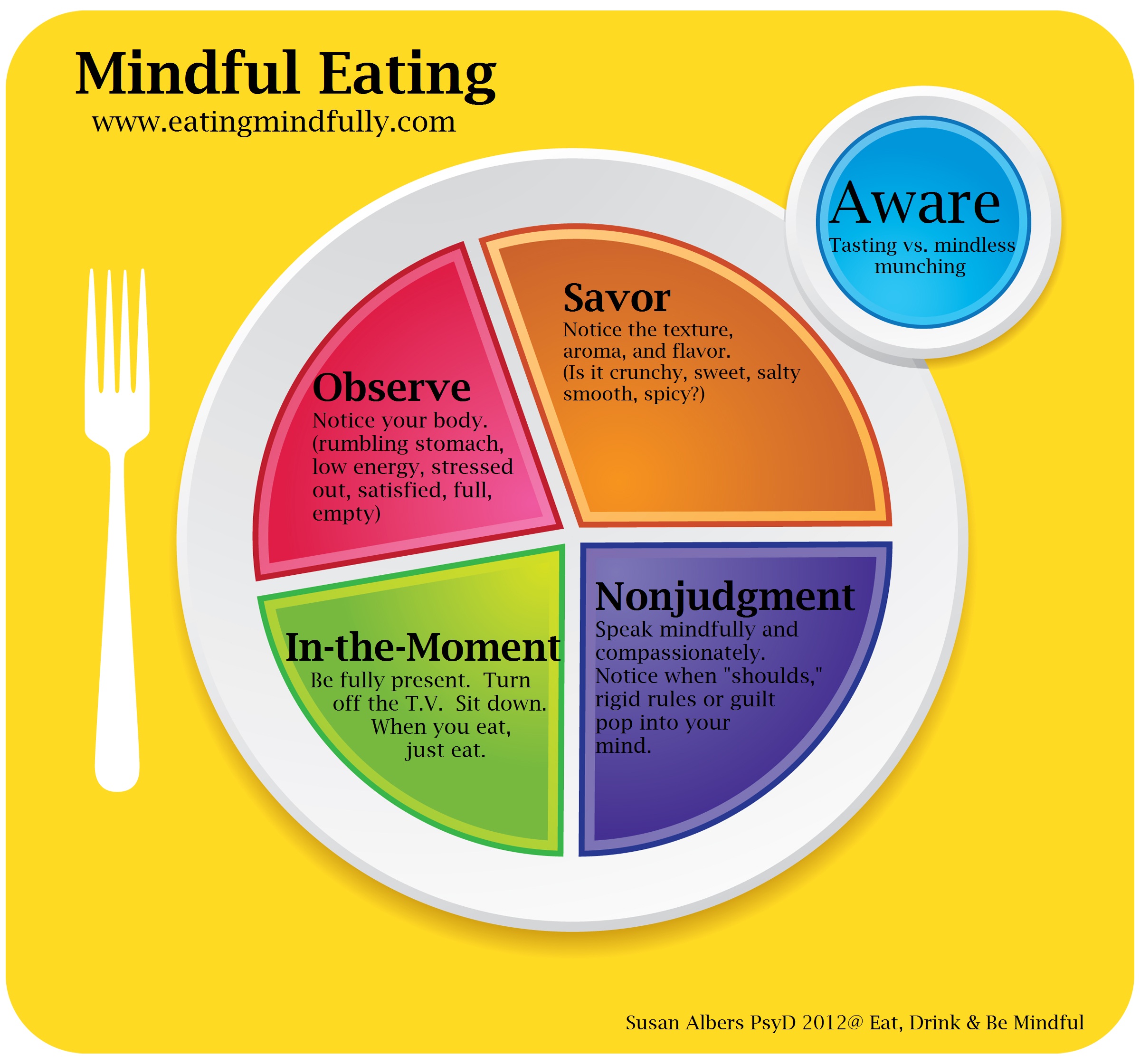The Symphony of Sustenance: Orchestrating a Balanced Meal Playlist
Delve into the world of nutrition as we compose the perfect 'meal playlist' that harmonizes proteins, carbohydrates, and fats to create a concerto of balanced meals. With a 7-day sample menu tuned to a daily calorie goal of 2,000 to 2,200 calories, this article will guide readers on how to blend whole foods into their daily routine with the precision of a maestro. Tips on meal planning, the benefits of a well-rounded diet, and how to maintain the rhythm of healthy eating without missing a beat will be the crescendo of this gastronomic guide.
WN
By Workout Notepad
April 10, 2024
Prelude to Meal Planning: Crafting Your Culinary Score
Meal planning, much like the arduous task of composing a captivating symphony, requires both foresight and attention to the various components that contribute to a final masterpiece. Each meal in the plan represents a movement that together form a cohesive culinary score, one which performs harmoniously in the grand concert that is our diet. The importance of meal planning cannot be overstressed, as it is instrumental in striking the right nutritional notes, promoting portion control, facilitating a variety of healthy eating habits, and saving both time and money. A substantial research piece, the NutriNet-Santé study of over 40,000 participants, underscored the salient link between structured meal planning and positive dietary outcomes. According to the study’s findings, those who meticulously plan their meals boast a diet closer to nutritional guidelines with a diverse palette of food choices and a lower likelihood of obesity, underlining the implications of a carefully curated diet for weight management and overall health.
As we venture into the realm of ‘Dietary Dynamics: The Art of Balancing Macros’, we shall explore how meal planning is not just about the conscious effort of preparing food in advance, but also about the intricate balance of macronutrients – proteins, fats, and carbohydrates that choreograph our daily energy intake. Understanding this balance is invaluable, akin to a skilled composer ensuring the tones of a piece are in perfect harmony. The effect of this macronutrient equilibrium on one’s well-being is profound, thus making it an essential consideration in the composition of any meal plan. The upcoming section aims to elucidate the roles these fundamental building blocks play in orchestrating a nutritious and sustaining ‘mealscape’, enhancing health and perhaps even echoing the thoughtful deliberation put into tracking and optimizing one’s physical training – albeit in the symphonic domain of nourishment.
Dietary Dynamics: The Art of Balancing Macros
The art of balancing macronutrients extends beyond mere consumption; it resembles the intricacies woven by a skilled composer constructing an elegant symphony. Each macronutrient plays a unique role in our daily ‘mealscape,’ necessary to maintain the delicate cadence of health and well-being. Proteins serve as the building blocks of our bodies, critical for the growth and repair of tissues, and often considered the foundational base in the orchestra of nutrition—much like the strings section that sets the tone for a musical piece. Carbohydrates are akin to the wind instruments, providing the quick bursts of energy and rhythm needed to keep the body moving harmoniously throughout the day. Lastly, fats can be equated with the brass section - they offer a sustained, long-lasting source of energy and are instrumental in supporting cell structure and hormone production.
In wielding these macronutrients with wisdom, one may compose a meal that not only delights the taste buds but also fulfills the body’s nutritional needs. Striking the right balance generally involves distributing one’s daily caloric intake across these macronutrients, adhering to the recommended breakdown of 20%-30% fats, 30% protein, and 40%-50% carbohydrates. It is crucial to underscore that quality matters significantly; choosing healthy unsaturated fats, lean proteins, and complex carbohydrates not only supports sustainable weight loss but also underpins one’s overall health. Opting for nutritionally rich sources and being mindful of sugar and protein content in nutrition labels lays the groundwork for a masterful mealscape. As we segue into the next section, anticipate an elaborate exploration of how the plate’s visual and taste elements come together in a symphony of colors and flavors, much like the vibrant complexity of an orchestra’s performance, guiding us towards the next move in harmonious eating.
Conducting the Perfect Plate: A Composition of Color and Flavor
Orchestration at its core is about creating harmony from a multitude of distinct elements, and the dinner plate is no exception. Each meal serves as a symphony where every ingredient has its place and role, contributing to a holistic sensory experience that appeals not only to the palate but also to the eyes. Picture the vibrant reds of bell peppers, the deep purples of eggplants, and the bright greens of leafy vegetables; these are the visual strokes of genius akin to the lush violins and cellos in an orchestra accentuating the deeper undertones of flavor provided by herbs and spices like basil and turmeric. By integrating the color spectrum into our meals with fruits and vegetables, we elevate the nutritional profile while engaging our senses, turning every plate into a masterpiece that resonates with the body’s healthful needs as beautifully as a concerto with its audience’s auditory desires.
The incorporation of a broad palette of colorful produce and an array of aromatic spices doesn’t just satiate hunger—it enlivens the spirit, much like the sweeping crescendos and decrescendos of musical movements. What’s more, a well-composed plate teases the full array of tastes – sweet, salty, bitter, sour, and umami – harmonizing them to support not only the needs of our palate but our overall health. As our meals become feasts for the senses, each bite can potentially improve our body’s composition, lending to more graceful performances in daily tasks and athletic pursuits. With this in mind, our next section will explore how the artful assemblage of our plates profoundly influences our physical efficiency and athletic performance—enhancing the vitality and vigor with which we approach our workouts, akin to the refinement a meticulous composer uses to perfect a musical score.
Intermezzo: The Benefits of Harmonious Eating

harmonious balanced eating
The symphony of eating harmoniously extends beyond the visual and aromatic allure—it plays a crucial role in tuning the body like a well-crafted instrument. A diet abundant with nutrient-dense foods from all major food groups acts as a melody that encourages our bodies to resonate with health and vitality. Lean proteins, whole grains, healthy fats, alongside a bursting spectrum of fruits and vegetables, not only prevent a cacophony of diet-related illnesses but also elevate performance to virtuosic levels. For those orchestrating their athletic symphony, it’s essential to understand that the cadence of nutrient intake can drastically affect the high notes of exercise results. By synchronizing diets to exercise regimes, individuals can optimize body composition and turn movement into a celebration of capability. Just like a perfectly timed intermezzo offers a meaningful pause in a musical piece, well-composed meals provide an essential interlude for recovery and performance enhancement.
Adhering to this harmonious way of eating is indeed pivotal for anyone scoring the high octaves of their workout routine. It’s in this intermezzo that the Workout Notepad app could potentially crescendo as an instrumental aide, where tracking workout efficiency and evaluating how dietary nuances affect sweat sessions becomes almost orchestral in precision. Its kaleidoscope of features allows for meticulous fine-tuning of exercise graphs and workout distributions—akin to calibrating a musician’s ear to the subtle nuances of sound. As you gear up for the next section, let us consider the adagio of eating—where we slowdown, savor each morsel, and delve into the manifold textures and tastes, ensuring our dietary opus is as much a marvel to the palate as it is beneficial to our wellbeing. Recall, it’s not just about the nutrients we consume, but the tempo at which we allow ourselves to thoroughly absorb and relish them.
Adagio: Savouring the Tempo of Eating

mindful eating
In the melodious journey of eating, let us linger in the movement of ‘Adagio’: the gentle art of savouring each morsel with attentiveness akin to enjoying a soothing piece of music. Amidst the day’s swift tempo, adapting the principle of adagio to our dining can be a transformative experience, rendering every bite an exquisite note in our body’s symphony. Mindful eating, deeply rooted in Zen Buddhism, isn’t just about the physical act of consuming; it’s an engagement of the senses, a meditative practice that attunes us to the harmony of flavors, textures, and aromas. It is an invitation to commune quietly with our food, noting the interplay of ingredients and the crafting of culinary masterpieces. By embracing this unhurried pace, we often uncover a deep satisfaction in our meals, one that transcends the plate to satiate our innermost cravings for peace and presence.
As we prepare to orchestrate our 7-day balanced meal ‘playlist’, envision the incorporation of adagio into it — not merely as an eating speed but as a philosophy that celebrates satiety, mindfulness, and gratification in every dining experience. Craft your menu in the lilt of a serenade, picking each nutrient with care, and infuse your ‘playlist’ with soulful moments of reflection and appreciation. Eating at this deliberate pace may encourage healthier food choices, better digestion, and even weight management as suggested by studies on mindful eating. The forthcoming crescendo of our article will offer a sample menu to encapsulate this essence, fusing sustenance with indulgence and leading to that perfect harmonic cadence of nutritional adequacy within the 2,000 to 2,200 calorie daily concerto.
Crescendo: Building Your 7-Day Balanced Meal Playlist
Crescendo: Building Your 7-Day Balanced Meal Playlist
The Grand Finale: Staying in Tune with Your Diet
As our symphonic journey through dietary harmony concludes, the key takeaway rings clear: perfecting your diet isn’t about hitting every note without fail, but rather about embracing the rhythms of consistent, mindful eating. Like any lifelong symphony, your diet is an evolving melody that requires tuning in to your body’s own cues and rhythms. It involves a series of gentle adjustments, rather than major overhauls, adapting to the dynamics of life’s changing demands. A crash diet, much like an abrupt dissonant chord, is unsustainable; in contrast, whole foods, variety, and occasional indulgences contribute to the melodious balance that characterizes a well-composed dietary lifestyle. Staying hydrated, savoring meals slowly, and fostering a relationship with food that centers on nourishment rather than restriction can create a fulfilling eating experience that is both healthful and enjoyable.
As you stand at the podium of your kitchen, baton in hand, ready to conduct your daily meals, remember that hesitations or missteps do not define the concert of your diet. Every day is a new performance, an opportunity to harmonize your intentions with your actions. Seek the advice of nutritionists or doctors to fine-tune your personal nutrition score and consider tools like diet tracking apps to monitor your performance over time. Whether you use an app like the Workout Notepad to analyze and adjust your dietary intake alongside your exercise regimen or rely on traditional methods of journaling, success lies in being patient with yourself and enjoying the progression of your health journey. As there is no final cadence in the lifelong pursuit of balanced eating, let us part with a resolute commitment to ourselves, to maintain the positive habits we’ve cultivated and to continue playing our unique, richly flavored melodies well beyond the closing bars.
SOURCES
- https://www.verywellfit.com/an-example-of-a-healthy-balanced-meal-plan-2506647
- https://kaynutrition.com/how-to-create-a-balanced-meal/
- https://content.cdntwrk.com/files/aHViPTg1MDEzJmNtZD1pdGVtZWRpdG9yaW1hZ2UmZmlsZW5hbWU9aXRlbWVkaXRvcmltYWdlXzVkMzc3YTNjMjJkM2YuanBnJnZlcnNpb249MDAwMCZzaWc9Y2Y2YzJhNDFkZjgzZDY2ZjY5ZGNhODgyNjdiYzFiYzQ%253D
- https://www.beaumont.org/health-wellness/blogs/health-benefits-of-meal-planning
- https://www.ncbi.nlm.nih.gov/pmc/articles/PMC5288891/
- https://www.cedars-sinai.org/blog/what-are-macronutrients.html
- https://www.healthyforlifemeals.com/blog/why-macronutrients-are-important
- https://www.hsph.harvard.edu/nutritionsource/healthy-eating-plate/
- https://aglab.ars.usda.gov/the-nutrition-corner/build-your-own-healthy-plate
- https://www.medicalnewstoday.com/articles/322268
- https://www.health.harvard.edu/blog/benefits-of-a-healthy-diet-with-or-without-weight-loss-2018121915572
- https://liveliving.org/wp-content/uploads/2015/01/Harmonious-Eating.jpg
- https://www.ncbi.nlm.nih.gov/pmc/articles/PMC5556586/
- https://ro.co/weight-loss/mindful-eating/
- https://images.huffingtonpost.com/2012-02-09-Mindfulplate.jpg
- https://www.verywellfit.com/an-example-of-a-healthy-balanced-meal-plan-2506647
- https://www.eatingwell.com/article/289245/7-day-heart-healthy-meal-plan-1200-calories/
- https://www.healthline.com/nutrition/14-ways-to-stick-to-a-diet
- https://www.ndtv.com/health/15-tips-to-stay-consistent-on-healthy-diet-from-nutritionist-2230911
